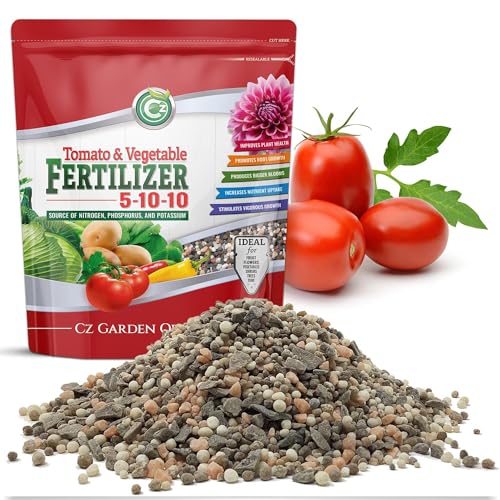How to grow jicama – why you should consider this easy-to-grow, low-calorie, and flavorful root vegetable
Jicama is a historic and sweet-tasting crop that grows on vigorous vines
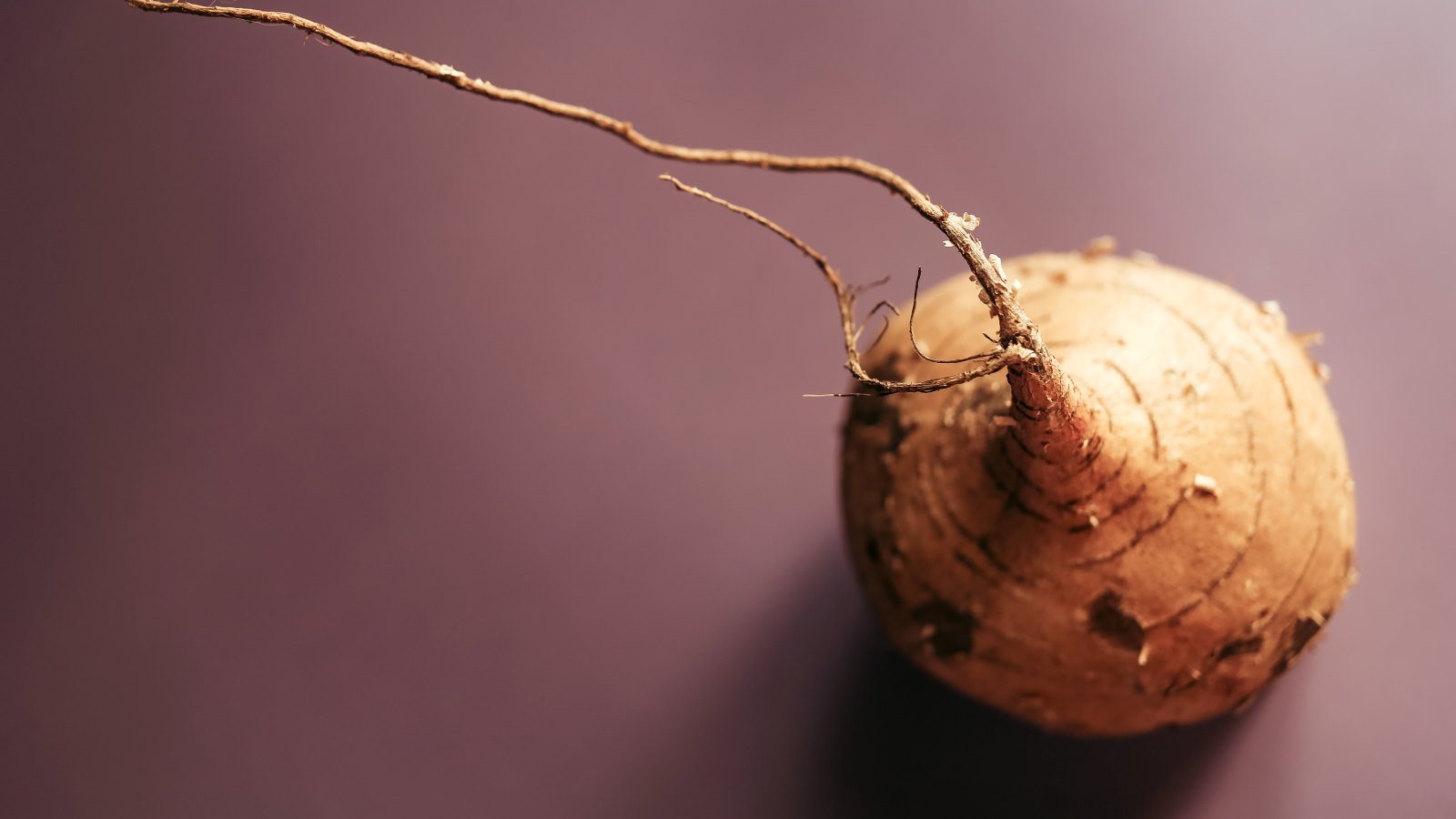

Jicama may not be a popular crop in vegetable gardens, but there are many reasons to consider adding this historic vegetable to your plants for the upcoming year. With that in mind, we look at how to grow jicama from planting seeds to harvesting tubers.
The first question on many minds may be, what is jicama? It is a crop with a rich history that has been grown for thousands of years in Central America. The climbing plants develop edible underground tubers high in vitamins and antioxidants.
Jicama tubers are sweet and crunchy and offer great potential to anyone looking for a tasty and versatile crop with few calories. If you want to add jicama to your vegetable garden ideas, they are low-maintenance crops. You need patience as it takes many months from planting the vegetable to harvesting the tubers - but they are worth the wait.
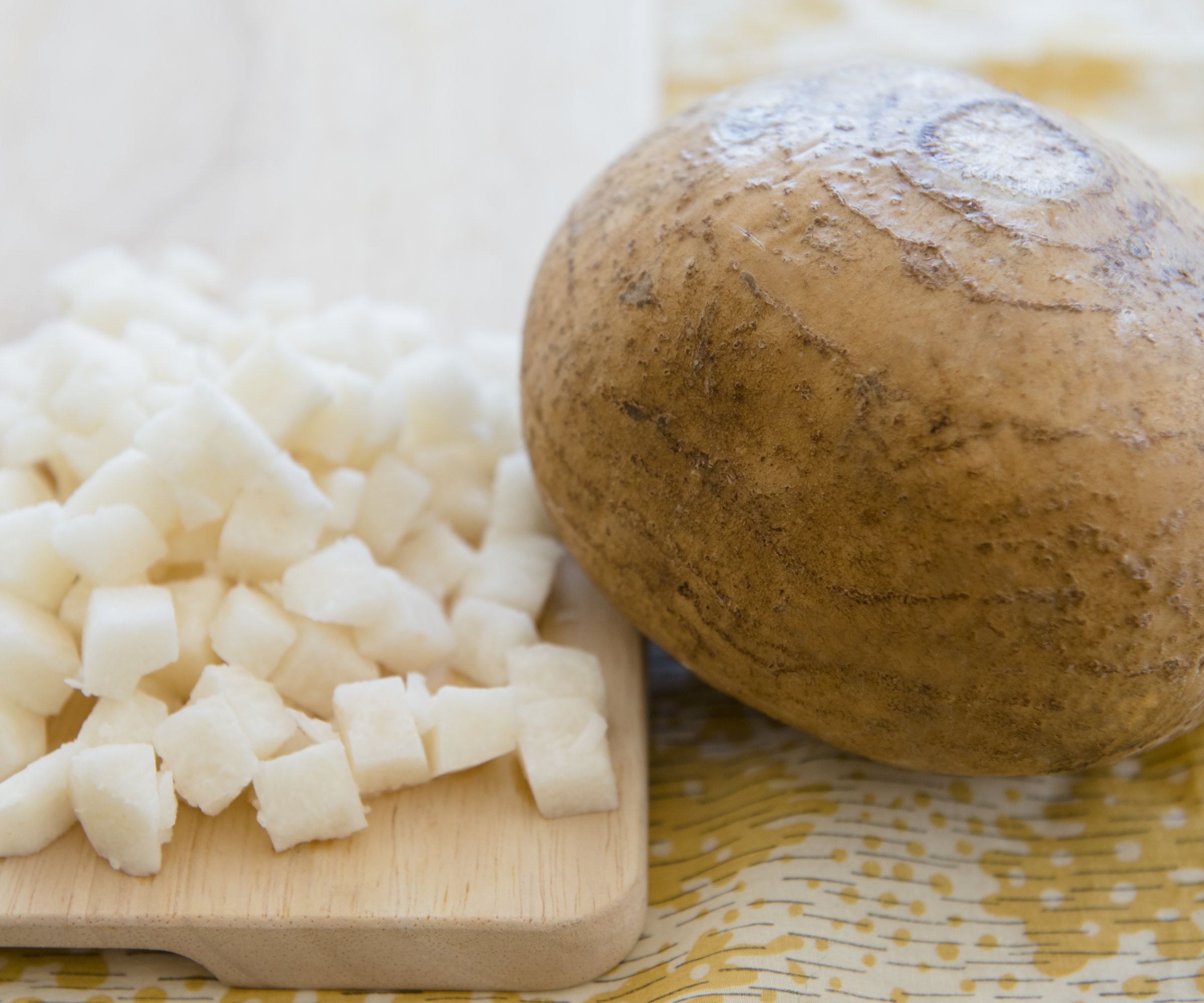
What is jicama?
Jicama is a native crop to Mexico and Central America where it has been grown for thousands of years. It is also sometimes called the Mexican turnip and is cultivated for its underground tubers.
Though the tubers are edible, the above-ground parts of the plant - the leaves, stems, flowers, and seeds - are poisonous. While natural insecticide protects the plants from pests, they should not be eaten by humans or pets.
How to plant jicama
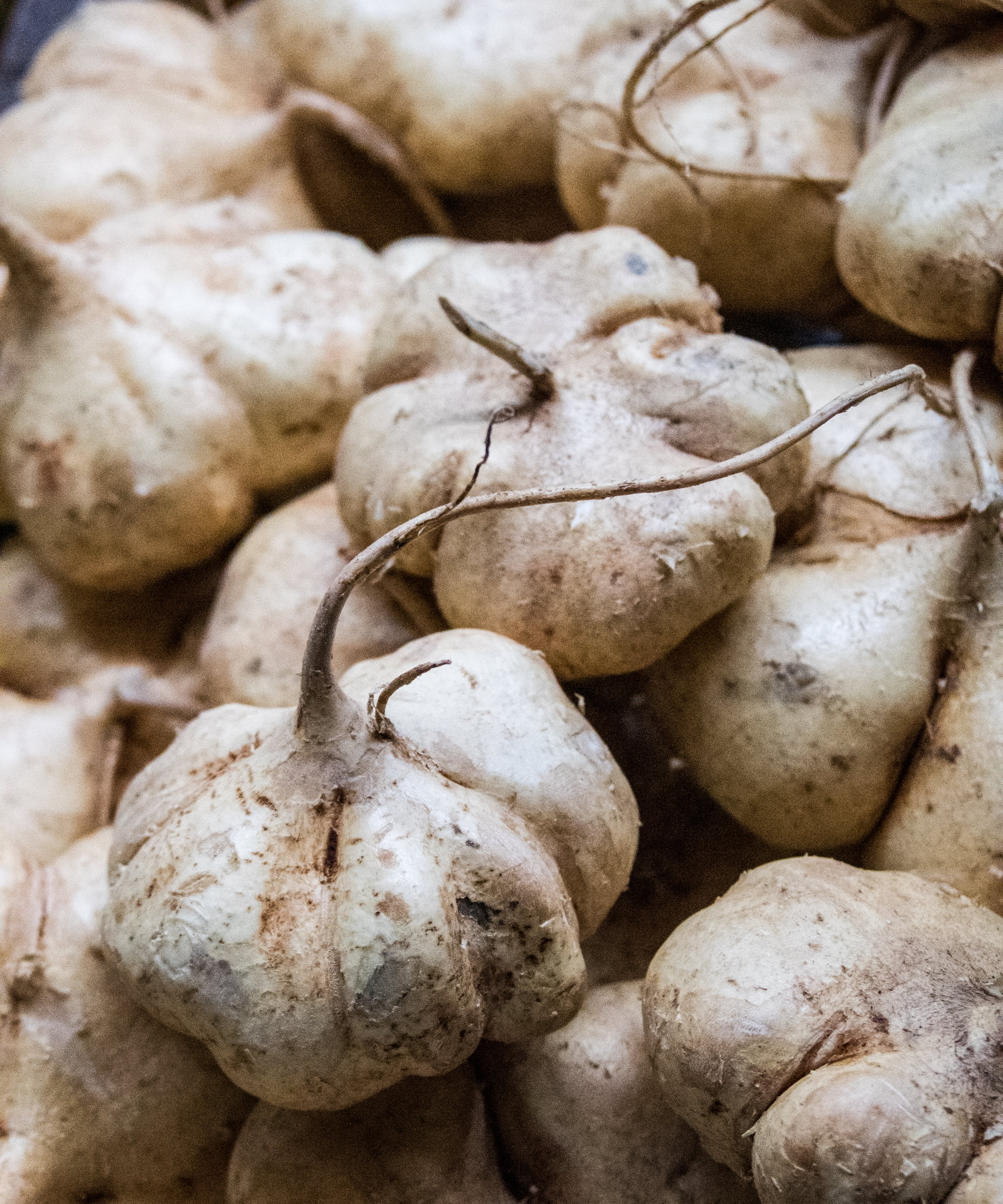
Jicama is a simple crop to grow but has a long season. Those in warmer US hardiness zones - such as US hardiness zones 10+ - can plant jicama directly into the kitchen garden in spring. Those in cooler climates are better to start the crop indoors to get ahead of the season.
You can grow jicama from seed or small tubers. Sowing seeds is recommended for earlier indoor sowings, where you can sow seeds indoors around 8-10 weeks before the last frost date. Use a heated propagator or heat mat to give the seeds extra warmth and grow lights to supplement the natural levels.
The seedlings can be transplanted outdoors after the risk of frost has passed, spaced at least 12 inches apart. To sow seeds outdoors, thinly sow jicama seeds an inch deep in the soil and keep them moist. Thin the seedlings to 12 inches apart as they develop. When planting jicama tubers directly into the soil, which can give a quicker crop, you also give them the same spacing.
Jicama loves warmth and wants to grow in full sun. The vegetable can be grown in greenhouses or polytunnels in cooler climates to take advantage of the extra warmth and humidity from being grown indoors.
An ideal soil type for growing jicama is a sandy loam that is fertile and well-draining. The plants will not do well in heavy soil, so add organic matter to the soil to improve its structure and drainage. The crop will grow best in the ground but can be grown in large containers or raised beds if you have poor soil.
How to grow jicama - care tips
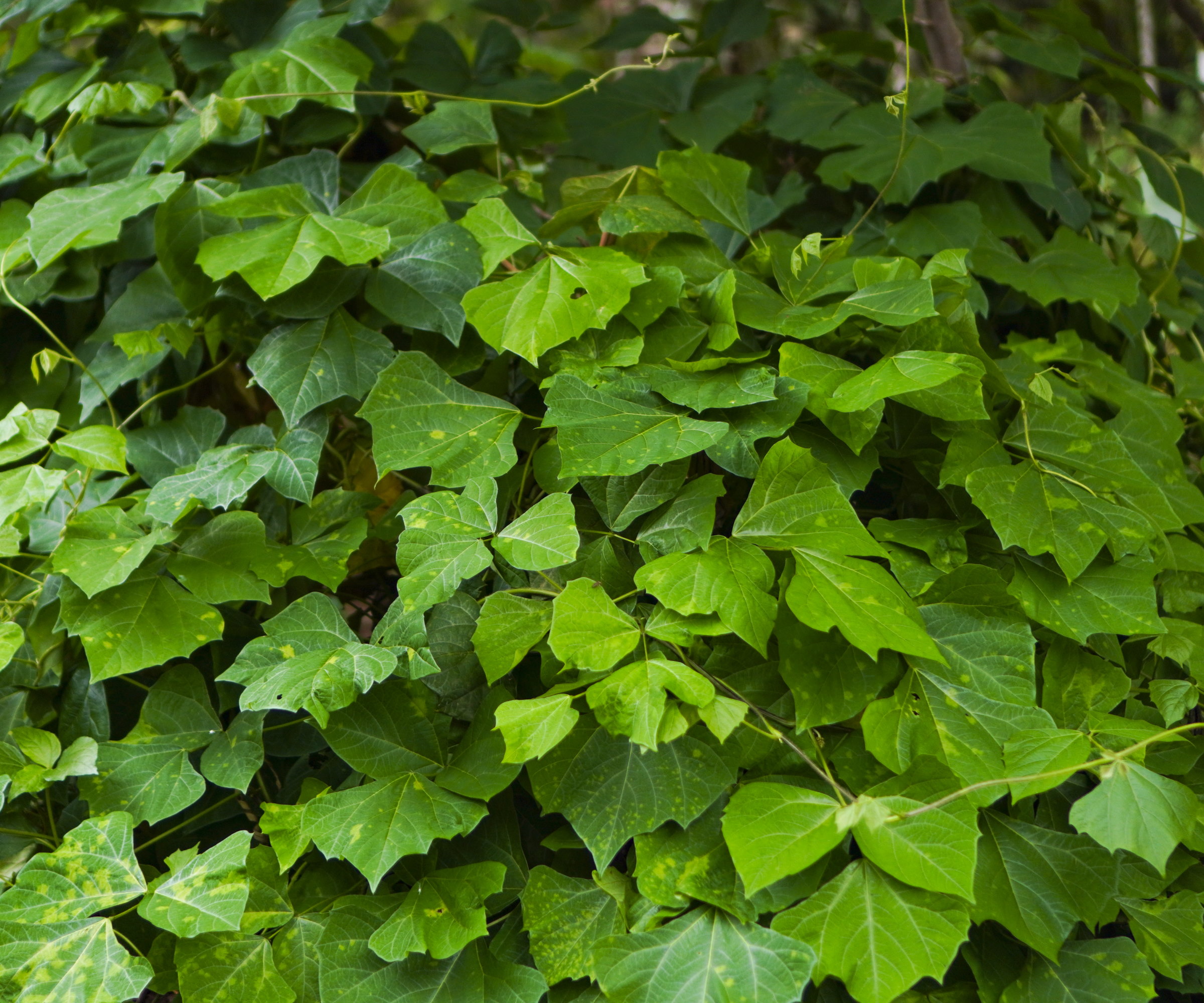
Jicama plants produce vigorous climbing vines that can reach 15-20 feet in length. They will usually benefit from being grown on a vegetable garden trellis to keep the vines off the ground and prevent them from spreading over other crops. The vines can be trained up a host of potential trellis ideas, including wire, bamboo, or metal trellises, nets, wigwams, pergolas, screens, or arches. Any support must be strong enough to support the jicama vine.
The crop requires regular watering throughout the growing season. Jicama plants want consistent moisture, without sitting in overly soggy soil as saturated ground risks root rot from overwatering. It is not a drought-tolerant vegetable and will struggle in dry periods, so maintain a close eye to keep the soil moist in summer. Be careful to water the soil around the base of the plant rather than the foliage, as wet leaves make the plant susceptible to fungal diseases.
When it comes to fertilizing jicama, Ashleigh Smith, managing editor at True Leaf Market, advises using a specific feed. She says: ‘Use a fertilizer focused on root crops. These typically have a ratio such as 5-10-10 or 3-5-7.’ Such feeds are higher in phosphorus and potassium and help to develop large roots. They want to be given to plants once they are established and twice during the season. It would be an error to use high-nitrogen fertilizers as these will promote leafy growth at the expense of a great harvest of tubers.
As mentioned earlier, jicama has a long growing season. It means patience is required as it can take 6-9 months to go from planting to harvesting. The crop is ready to harvest in the fall and will continue to grow in warmer climates, however, you want to lift them before the tubers get tough. In cooler climates, it is important to lift the tubers before the first frost.
‘After a minimum of six months, harvest by digging carefully around the base of each vine and pull the root out,’ recommends Ashleigh Smith. ‘Trim the vine off the plant and brush off the dirt. The harvested jicama will vary in size, but it will generally be around five inches across.’
Use a garden fork or trowel to carefully dig around the plant when harvesting to avoid damaging the precious underground tubers. The tubers can be 3-6 inches in diameter and get woody and tough if they get any larger. After being cut from the vine, the tubers can be stored in a cool and dark location for up to two months.

Ashleigh Smith is the Managing Editor at True Leaf Market with a bachelor's degree in horticulture from Brigham Young University - Idaho. True Leaf Market is a nationally certified organic, non-GMO seed and horticultural company based in Salt Lake City, Utah.
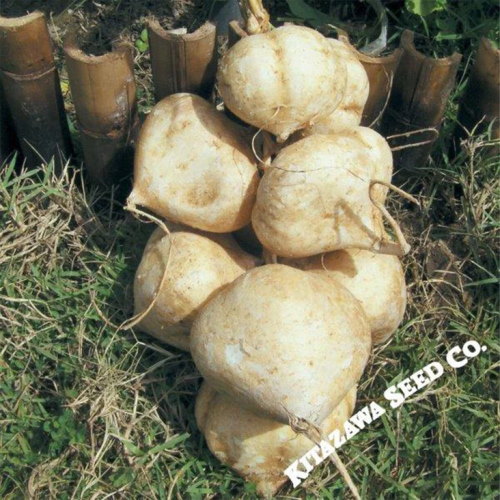
A packet of Thai jicama seeds that take 150 days to maturity. It is an Asian variety of jicama that yields larger tubers than Mexican Jicama.
FAQs
Can you grow jicama in containers?
Jicama can be grown in large pots as part of a vegetable container garden. Any pot must be at least 12-16 inches in diameter and filled with a fertile and well-draining potting mix. Using a container or planter box with a trellis installed can make it easier to support the climbing vines. Place the container in a sunny spot, or keep it in a greenhouse for extra warmth and protection from the elements. Keep a close eye on watering plants in containers as they will need more moisture and fertilizing than crops grown in the ground.
Jicama may look similar to turnips and sometimes be called Mexican turnips, but there are huge differences between the two crops. As well as different growing habits, there is a big contrast between the flavors, as turnips have a more peppery taste in contrast to the milder and sweeter jicama.
Both vegetables are highly versatile and worth adding to any vegetable garden, though thankfully when you grow turnips they are much quicker to go from sowing to harvest than the jicama’s long growing season.
Sign up to the Homes & Gardens newsletter
Design expertise in your inbox – from inspiring decorating ideas and beautiful celebrity homes to practical gardening advice and shopping round-ups.

Drew’s passion for gardening started with growing vegetables and salad in raised beds in a small urban terrace garden. He has worked as a professional gardener in historic gardens and specialises in growing vegetables, fruit, herbs, and cut flowers as a kitchen gardener. That passion for growing extends to being an allotmenteer, garden blogger, and producing how-to gardening guides for websites. Drew was shortlisted for the New Talent of the Year award at the 2023 Garden Media Guild Awards.
-
 8 of the biggest small bedroom layout mistakes designers see time and time again
8 of the biggest small bedroom layout mistakes designers see time and time againThese small bedroom layout mistakes are so easy to make, but so easy to avoid too
-
 I was looking for the 'ultimate neutral' and found it in Anna Wintour's living room – it's vibrant yet chic in equal measures
I was looking for the 'ultimate neutral' and found it in Anna Wintour's living room – it's vibrant yet chic in equal measuresThe editor's living space features a bright, butter-yellow-painted accent wall, which pairs perfectly with an orange rug and floral sofa
-
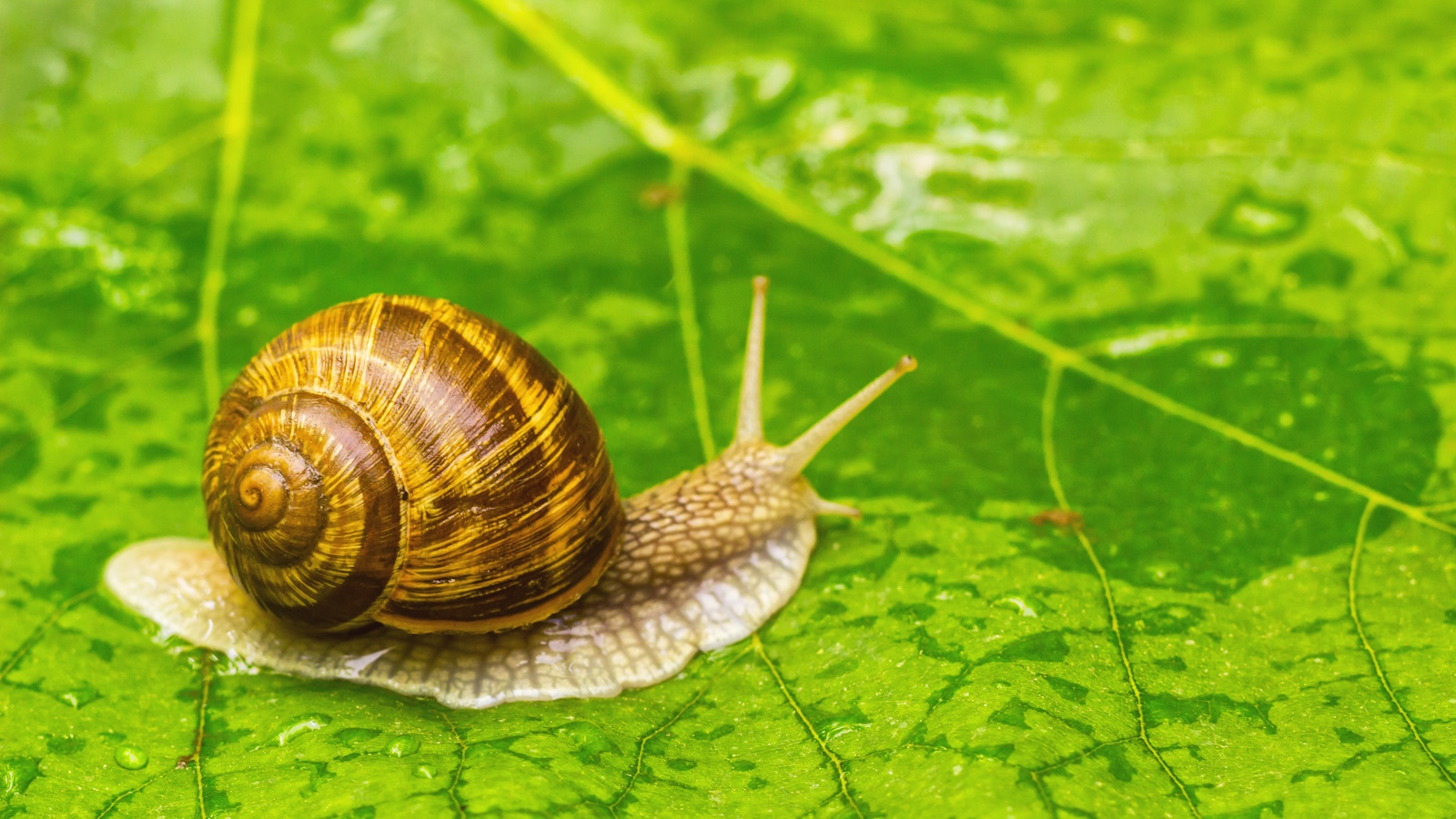 This common vegetable is the best natural defence against slugs and snails – and you probably already have one in your fridge
This common vegetable is the best natural defence against slugs and snails – and you probably already have one in your fridgeHere's how to pest-proof your flower beds and veg garden this year
-
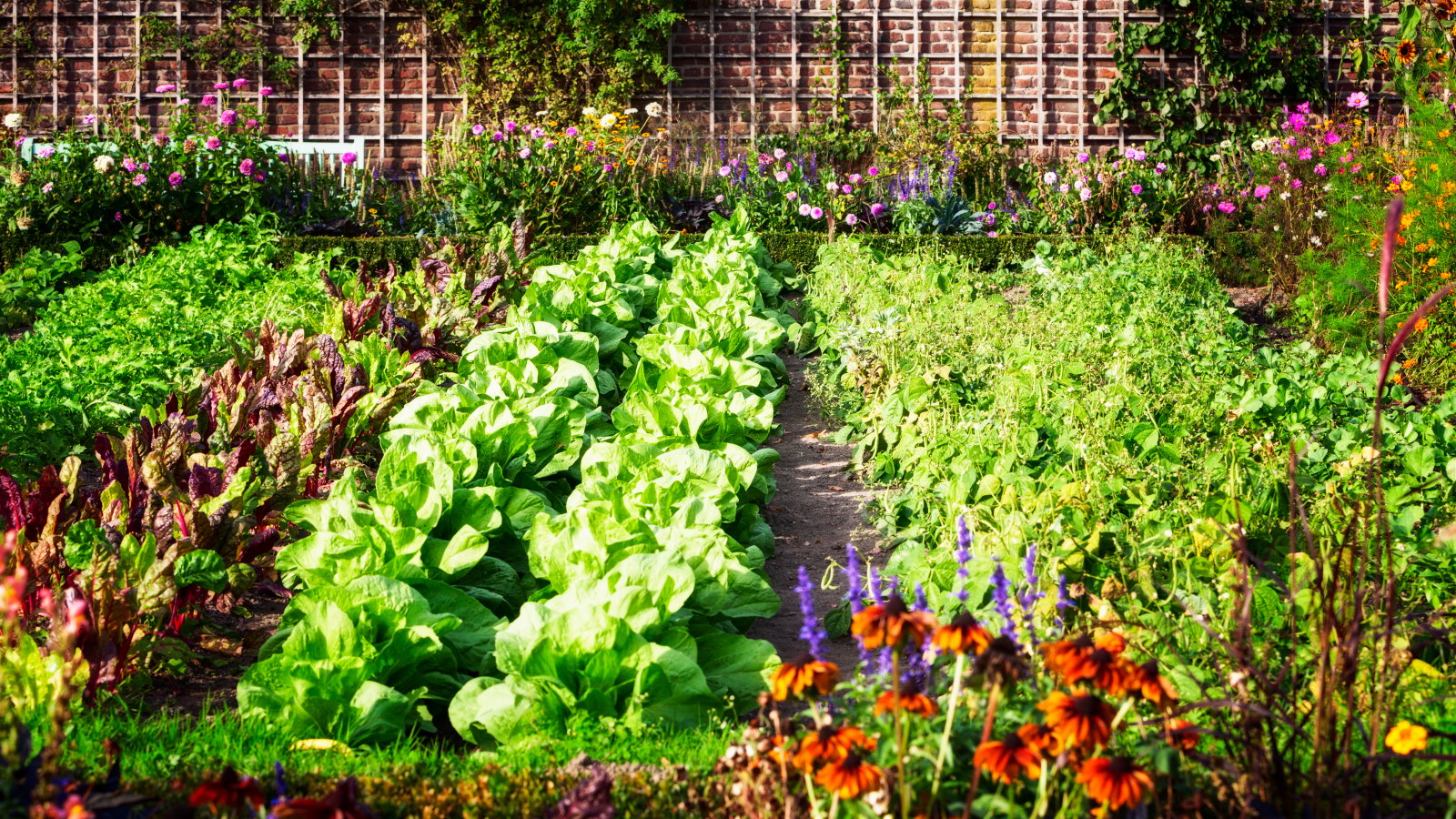 7 of the best vegetables to plant in May, plus expert sowing tips from a professional grower for happy plants and bumper harvests
7 of the best vegetables to plant in May, plus expert sowing tips from a professional grower for happy plants and bumper harvestsMay is a fantastic time to sow and plant vegetables – here are my top picks for the month
-
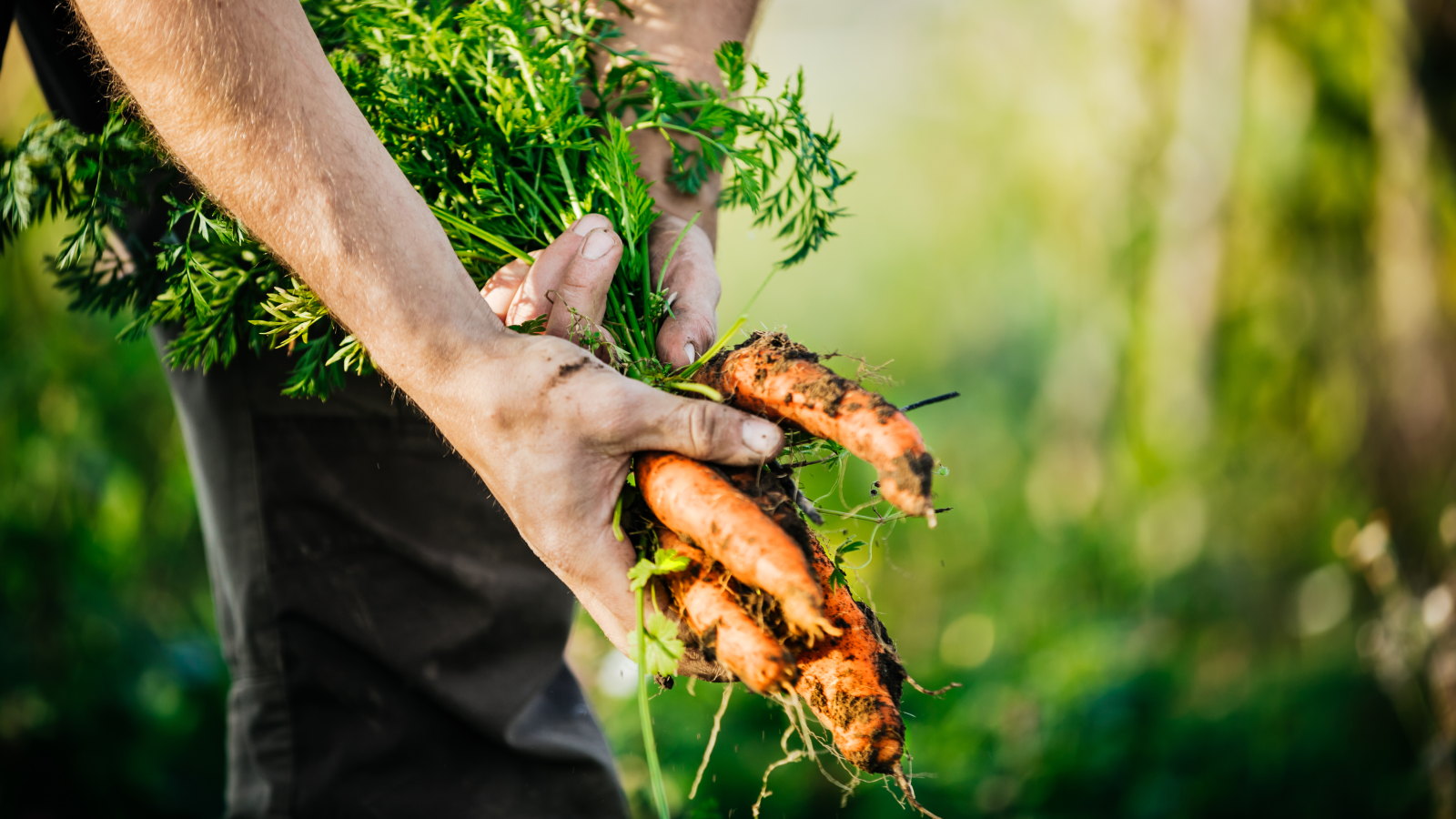 Fertilizing carrots is vital for large, tasty roots – discover when to feed and the best products to use, plus what to avoid
Fertilizing carrots is vital for large, tasty roots – discover when to feed and the best products to use, plus what to avoidFertilizing carrots is best done at least twice during the growing season
-
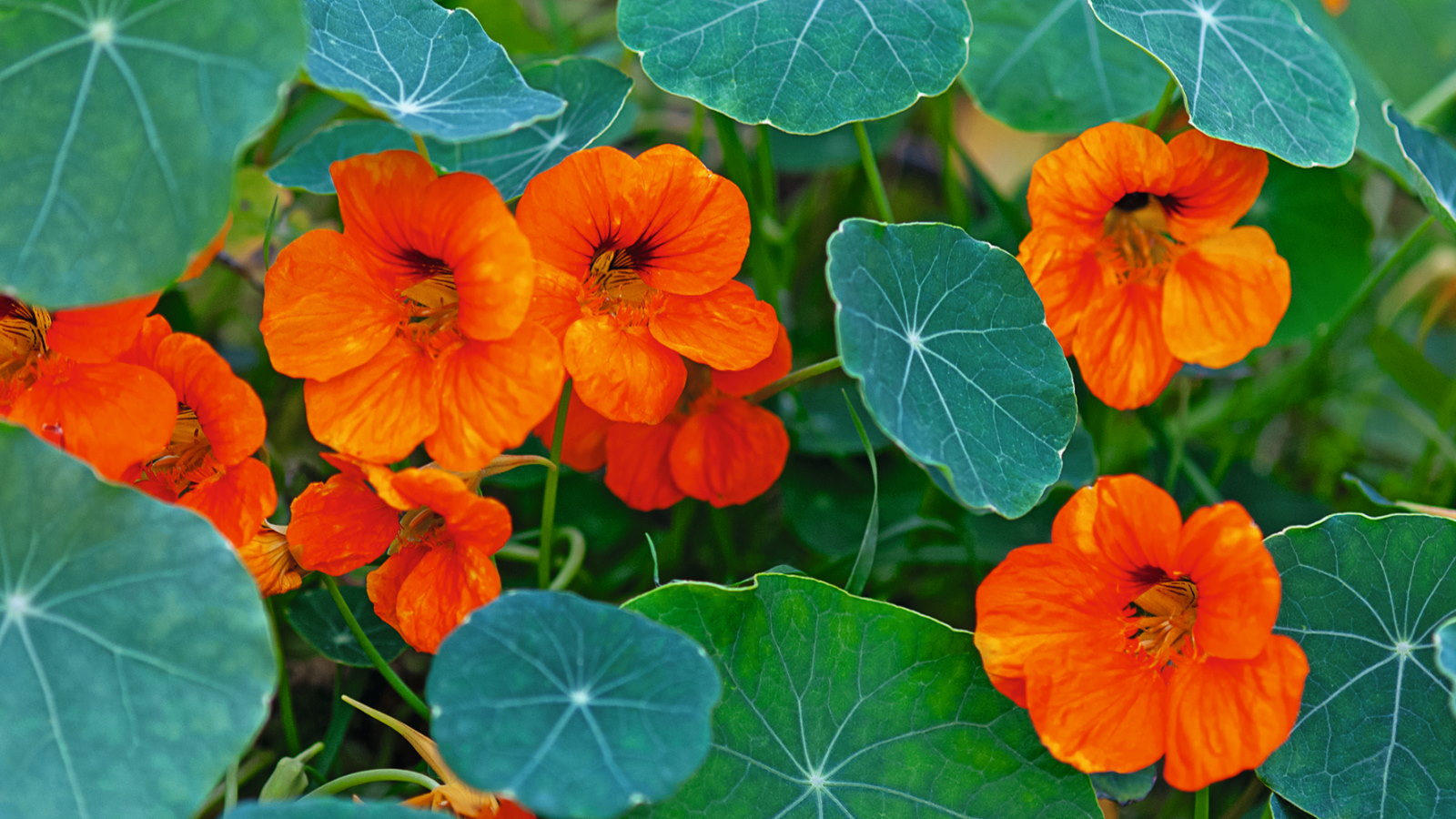 This one plant can reduce pest problems in 3 ways – a horticulturist reveals exactly how it will help you grow better-than-ever vegetables
This one plant can reduce pest problems in 3 ways – a horticulturist reveals exactly how it will help you grow better-than-ever vegetablesIt is time to be amazed by all the benefits that come from planting this edible flower for pest control
-
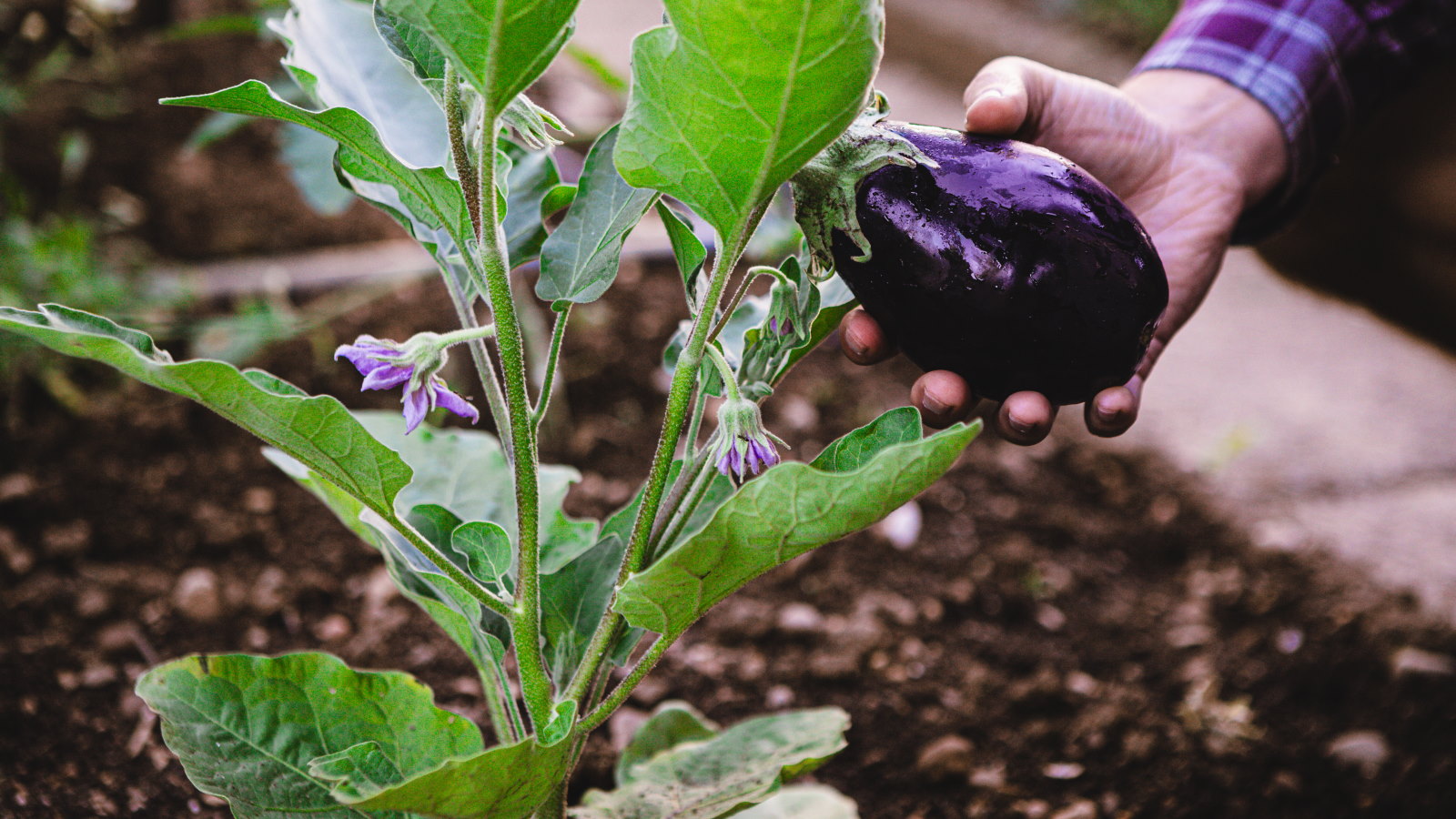 How to choose eggplant companion plants for abundant and healthy harvests – we reveal 7 of the best to pick, plus the ones to avoid
How to choose eggplant companion plants for abundant and healthy harvests – we reveal 7 of the best to pick, plus the ones to avoidDiscover some beneficial vegetables, herbs, and flowers to grow with eggplant
-
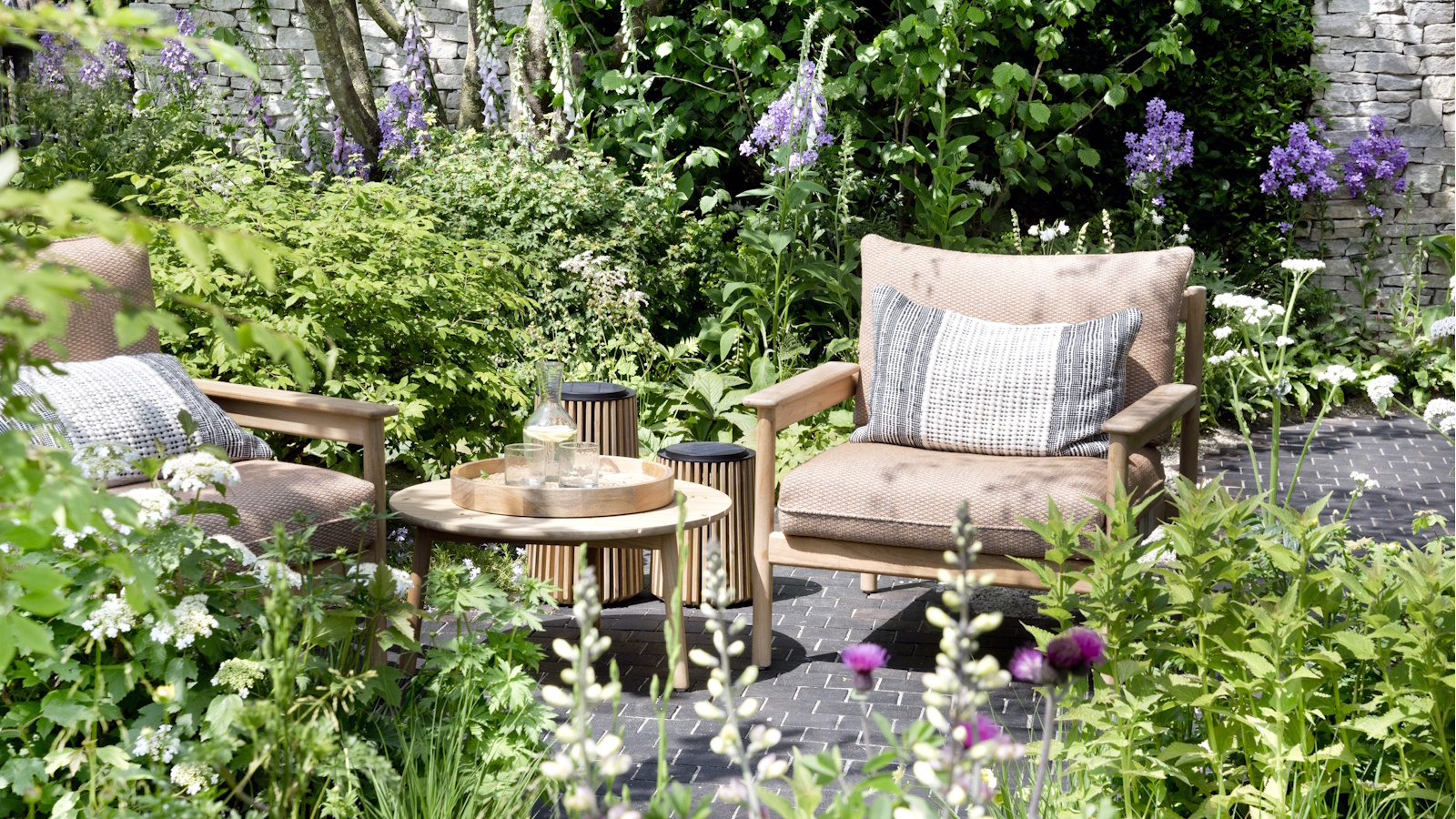 This $20 pop-up greenhouse from ALDI is perfect for small yards – it will turbocharge your tomato harvests this summer
This $20 pop-up greenhouse from ALDI is perfect for small yards – it will turbocharge your tomato harvests this summerEasy to use and compact to store, pop-up greenhouses are ideal for patio or balcony gardeners
-
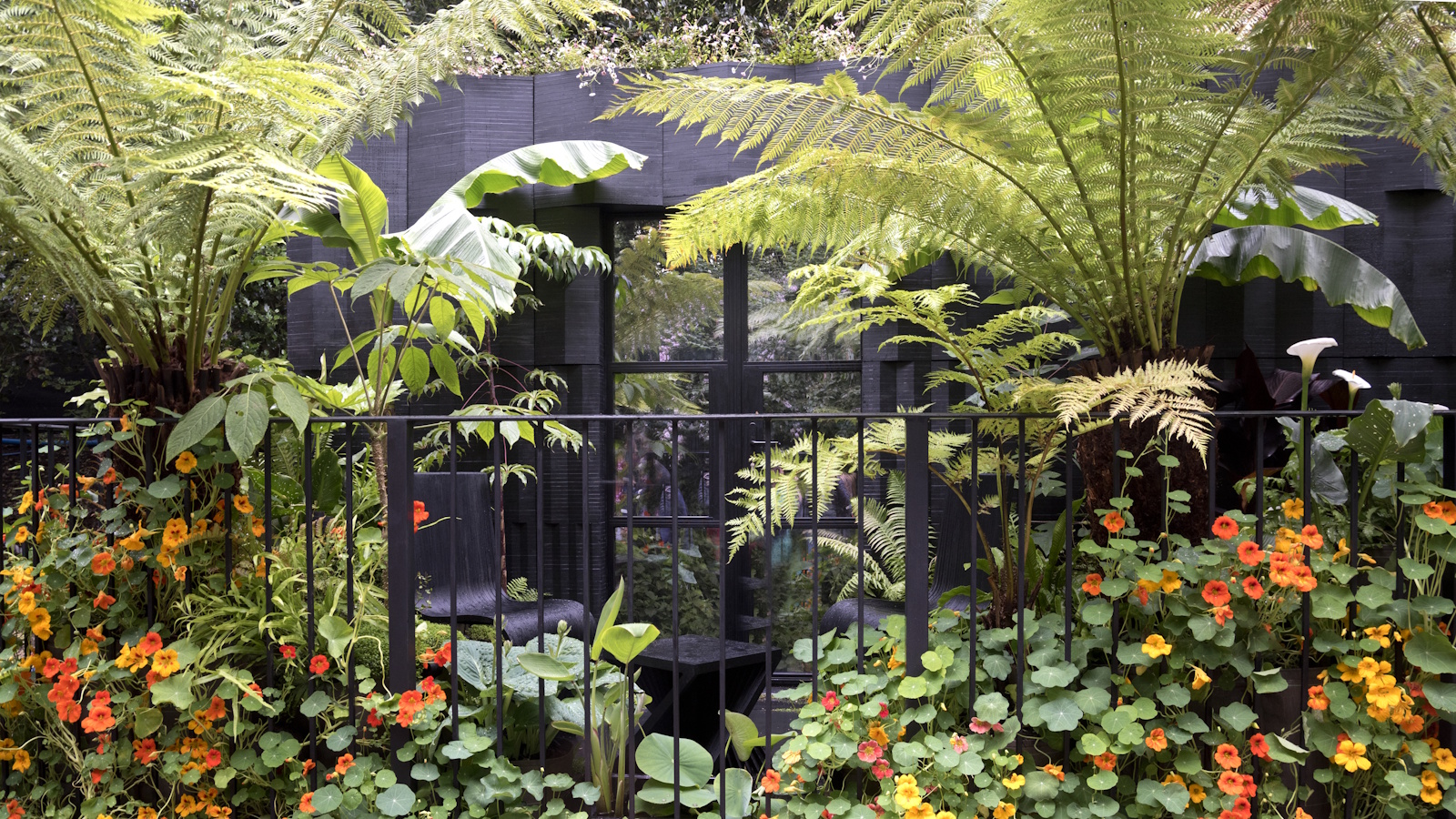 Small yard but want to grow your own crops? This wooden cold frame is 40% off at Wayfair – and it's perfect for tiny patios and apartments
Small yard but want to grow your own crops? This wooden cold frame is 40% off at Wayfair – and it's perfect for tiny patios and apartmentsCold frames are a sensible investment for any gardeners struggling for space on balconies, backyards or patios
-
 7 of the best tomatoes for growing in pots – expert growers pick their top varieties ideal for large harvests from containers
7 of the best tomatoes for growing in pots – expert growers pick their top varieties ideal for large harvests from containersYou can enjoy bumper homegrown harvests in small spaces
